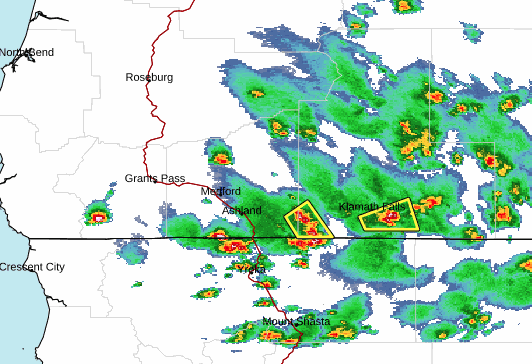New Oregon economic forecaster predicts higher revenue, higher kicker
Published 11:15 am Wednesday, November 20, 2024

- Oregonians received record kicker payments this year, with about $1,000 going back to the median taxpayer who earns between $35,000 and $40,000 annually.
Oregon’s new chief economist estimates the state will have about $37.8 billion available to spend in the next two-year budget cycle after reworking how the state calculates its economic forecast.
Trending
Chief economist Carl Riccadonna, a former Wall Street analyst hired in September, will present his first forecast to the House and Senate revenue committees Wednesday. He and senior economist Michael Kennedy previewed some of their findings on a call with reporters Tuesday evening.
Riccadonna’s hiring followed years of record kicker payouts — Oregon’s unique tax credit kicks in whenever income tax payments are at least 2% higher than budgeted, sending excess back to taxpayers in the form of tax credits.
The state sent kicker payments every two years since 2016, including a jaw-dropping $5.6 billion to taxpayers who filed in 2024. The latest forecast estimates a 2026 kicker of $1.79 billion, up from $1 billion in the September forecast.
Trending
“My mandate joining DAS back in September was to really get to the bottom of what’s happening here, and so what my team has done is kind of deconstruct and reconstruct a lot of the forecast models to figure out what was happening,” Riccadonna said.
Riccadonna and Kennedy attributed the high kickers — and corresponding decrease in funds available to lawmakers — to flaws in former state economist Mark McMullen’s economic model. It was too pessimistic and didn’t treat the kicker as a tax liability, they said.
“If you look back, as the kicker gets bigger and that difference gets bigger, the errors get bigger,” Kennedy said. “You get this recursive effect where the errors are just going to get bigger and bigger as the kicker gets bigger, unless you go back to a world where liability in the model is really the real liability, and you don’t have this difference.”
Kennedy said the state’s prior revenue forecast model was also more pessimistic than necessary, including taking a national forecast provided by a vendor and adjusting it downward. That’s on top of what Riccadonna described as “pervasive pessimism” among economists that the post-pandemic economic boom would end in a recession, while he said it’s looking increasingly likely that Oregon and the country will instead have a soft landing — a gradual shift from high growth to a flatter economy.
He described Oregon’s job growth as “a little bit disturbing” because it has been largely focused in a few sectors — the service industry, health care and private education — instead of being widespread.








